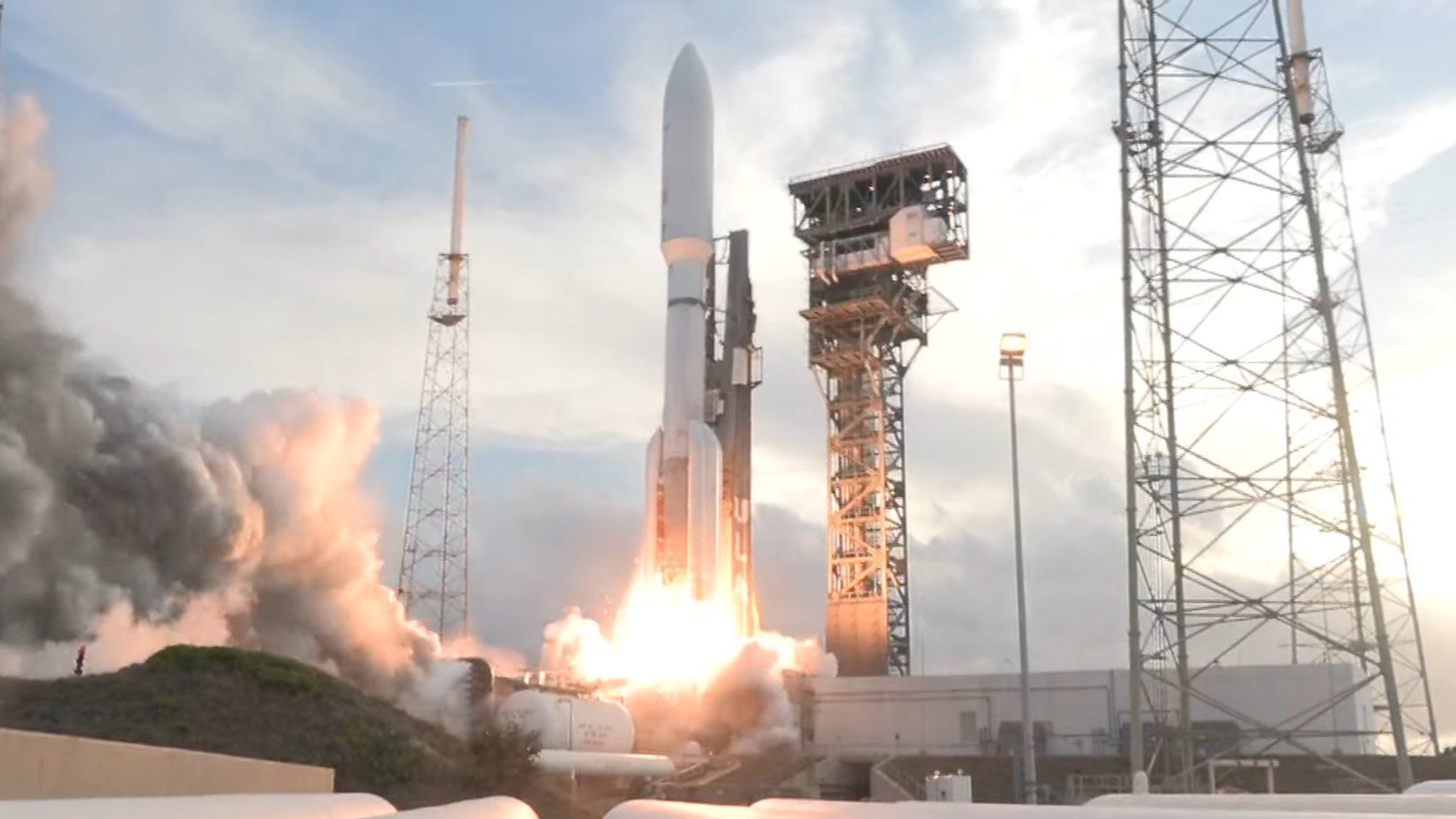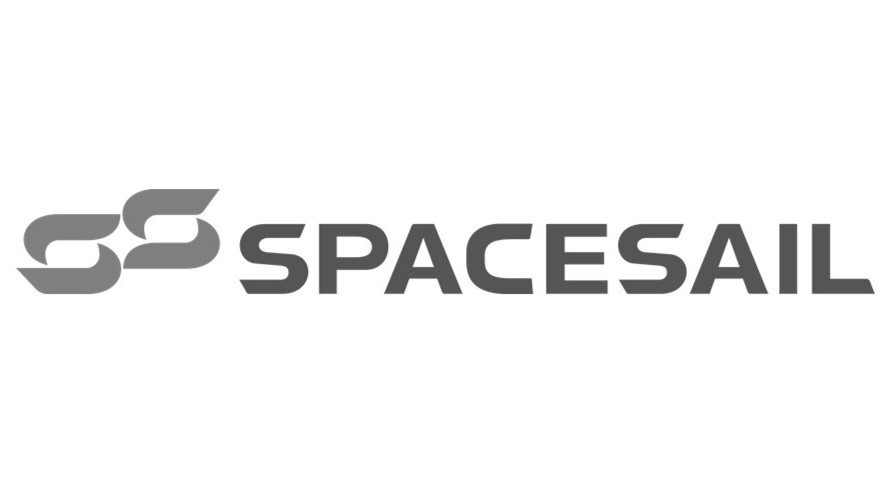When Will Starlink Have LEO Competition in the Home Internet Market?
Randy Sukow
|

On April 28, Amazon’s Project Kuiper launched an Atlas V rocket from Cape Canaveral in Florida (pictured above) and sent 27 satellites into low earth orbit (LEO). The ground personnel rapidly established contact with the satellites. It was the first of a series of planned launches to an altitude of 280 miles, working toward a future constellation of 3,200 satellites beaming broadband service worldwide with extremely low latency.
“This is just the start of our journey, and we have all the pieces in place to learn and adapt as we prepare to launch again and again over the coming years,” said Project Kuiper VP Rajeev Badyal from the project’s website.

That sums up the state of the LEO-based broadband market today. Elon Musk’s Starlink has had the field itself for years and continues to expand its constellation, which currently stands at 6,750 satellites. Project Kuiper and others have just begun launching satellites, but when will there be effective competition? Communications research firm Strand Consult compares competition between Project Kuiper and Starlink to a just-opened “burger bar” and an “interstellar McDonald’s.”
“Elon Musk’s SpaceX and Starlink are light years ahead of their competitors. This is due to, among other things, the fact that SpaceX has a global network of over 6,000 satellites which are planned to expand to 14,000 satellites [if not more] at an altitude of almost 600 km and which have a lifespan of 5 – 6 years,” Strand said.
The Chinese Spacesail network, also known as Qianfan, is further along than Project Kuiper. It began launching satellites in August 2024 and has about 100 in orbit now. The network, operated by the municipal government of Shanghai, plans to launch 14,000 by 2030. It has announced nearly $950 million in financing.
“This makes it a serious project, and one meant to catch up with SpaceX’s Starlink, providing global connectivity, including direct mobile connections, while also providing rural connectivity, supporting e-commerce, and bolstering national security within China,” according to a 2024 article in the IEEE Spectrum.

However, the same article casts doubt on Spacesail’s ability to launch satellites at a rate fast enough to reach its target. Unlike SpaceX, it does not have the ability to reuse rocket boosters. To reach 14,000 by 2030, it would have to launch about seven a day dating from August 2024. It is already well behind that pace.
“In my view it is an open question whether China’s launch vehicle production capabilities can be scaled to meet the throughput necessary to deploy these constellations on the stated schedule,” said Ian Christensen, of the Secure World Foundation in the IEEE article.
A May 2025 article in Wired points to further problems with the Spacesail project. It cites satellite researcher Jonathan McDowell, who is tracking Spacesail’s progress. Of the first 90 satellites Spacesail launched, “13 seem to have exhibited irregular behavior, namely they didn’t rise up to their target orbit height along with their peers. Qianfan’s second batch, which it launched in October 2024, contained only five satellites that reached their planned height out of 18,” according to the Wired article.
Ten years ago, satellite publication SpaceNews reported that a British company, OneWeb Ltd., had plans to build a 650-satellite constellation of LEO satellites at 1,200 kilometers altitude to deliver 8 Gbps service to the home. Investors included Qualcomm Inc. and Sir Richard Branson. SpaceNews reported that SpaceX founder Elon Musk had just opened a new satellite production plant in Seattle and might be in the running to build rockets for OneWeb satellites.

SpaceX, as it turns out, had different LEO ambitions.
OneWeb currently operates 648 LEO satellites, about its original goal. In 2022, OneWeb merged with European satellite company Eutelsat. The combined company is working to develop “hybrid” uses for OneWeb LEO and Eutelsat high-orbit geostationary satellites. According to its website, the company is supporting vertical applications, serving governments, maritime and trucking companies, and airlines. But it does not appear to challenge Starlink’s home service.

Other companies around the world have been developing projects to launch LEO services. And the potential exists for others to acquire orbital slots and create new competition. The FCC during its May meeting adopted a Further Notice of Proposed Rulemaking to open up additional spectrum to support satellite services in bands ranging from 12 GHz all the way up to the “W band” (92.0-94.0 GHz, 94.1-100 GHz, 102.0-109.5 GHz, and 111.8-114.25 GHz), heretofore unusable frequencies that some now believe could serve for satellite backhaul purposes.
But for home service providers, most of the attention will be on the Upper 12 GHz band, which Chairman Brendan Carr said, “has been a workhorse for LEO systems.” Carr said the band has been underutilized due to restrictions on satellite providers. “We studied the band for terrestrial wireless a couple of years ago, but there was no consensus on the best path forward. So, now is the time to take a fresh look at the band for broader satellite use,” he said.
The potential remains for competition to develop. The pace of technological development continues to move at a rapid pace, and someday higher bands could support Starlink competitors. But for the near future, Starlink appears to be dominant.


